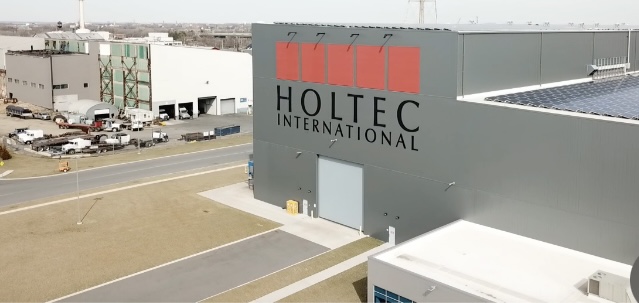Nuclear fission reactor technology has advanced over the past decades. It is now in its fourth generation. It has solutions that make them cleaner, safer, more compact, and cheaper.
The SMR-160 is a fourth-generation nuclear reactor. Designed by the American company Holtec International. Its creators say it is the safest nuclear reactor in existence. Its strategy is based on total passive operation, so it does not require active safety elements.
Functional characteristics of the SMR-160
This reactor does not need outside water or electricity. Nor does it need operators to intervene in the event of an accident. The SMR-160 has proven technology in more than 300 nuclear reactors. In addition, it has 160 MW of electrical power.
The device is a compact, and modular PWR (Pressurized Water Reactor) type nuclear fission reactor. It dissipates thermal energy directly into the atmosphere. In addition, its cooling system does not require additional water.
PWR reactors
Pressurized water reactors were initially conceived for use in nuclear submarines. Today 302 of the 443 reactors currently operating on the planet are of the PWR type. Their technology is, therefore, widely proven. But they are ideally suited for thermoelectric power plants.
They use enriched uranium oxide as fuel. Conventional PWRs incorporates three different circuits. The first is the primary circuit, which is closed. It involves the vessel containing the fuel rods and the heat exchanger.
The heat exchanger acts as a steam generator. The second circuit is responsible for introducing into it the cold water, which boils when it comes into contact with the hot water of the primary circuit. From there comes the steam necessary to transfer to the turbine the kinetic energy that will make it possible to obtain electricity thanks to the action of the alternator.
Once the fluid passes through the turbine, the water vapor cools and condenses inside an additional tank to produce water in a liquid state that will be reintroduced into the heat exchanger, thus giving rise to a second closed circuit known as the secondary circuit. The heat exchanger, the turbine, and the alternator participate in this circuit.
The third and last circuit is the cooling circuit. It introduces into the condensation tank the cold water needed to make the condensation of the water vapor possible. The water comes from the sea or from a river near the nuclear power plant, which is why it is necessary to house this type of power plant near one of these two natural resources, which brings us to one of the advantages that allow the SMR-160 reactor to stand out from conventional PWR reactors.
We recommend:
EIA Productivity Report Outlines Domestic Production Activity.
Benefits SMR-160
Holtec’s device can be located near the sea, a river, or a lake. Its cooling system does not require additional water input because it dissipates the thermal energy in the form of heat evacuated by the core directly into the atmosphere using air-cooled condensers. Moreover, it is so safe that it can be installed in the vicinity of populated areas without assuming the risks involved in the proximity of a conventional nuclear power plant.
Finally, in the event of an accident, all radioactive elements are confined and isolated inside the containment building, designed to dissipate heat directly to the atmosphere through a steel structure. It also requires no operator actions to place and maintain the reactor in a safe shutdown condition.


